Scalene Muscle pain
When you feel pain in one side of the neck and shoulder area, it is may have to be Scalene Muscle pain. You can also feel neck muscle soreness and stiffness & limited range of motion ( ROM ) of the neck.
What is Scalene Muscle pain?
Scalene muscles are of differing lengths and which is situated laterally on each side of the neck.
In this muscle pain patient feels the pain due to any cause such as excessive coughing, extended times of head tilted, and sleeping on their stomach with head to one side.
The patient feels unilateral neck and shoulder pain, also feel to numbness, tingling, and weakness in the arm, and also a decrease in the ROM ( range of motion ) of neck movement.
This muscle pain is created by many associated conditions like Torticollis and Myofascial pain syndrome.
Anatomy of the Scalene Muscles
Scalene muscles are of differing lengths and which is situated laterally on each side of the neck.
In this muscle pain patient feels the pain due to any cause such as excessive coughing, extended times of head tilted, and sleeping on their stomach with head to one side.
The patient feels unilateral neck and shoulder pain, also feel to numbness, tingling, and weakness in the arm, and also a decrease in the ROM ( range of motion ) of neck movement.
This muscle pain is created by many associated conditions like Torticollis and Myofascial pain syndrome.
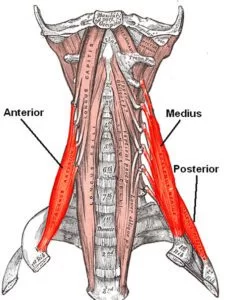
Anterior scalene muscle:
Which is also called the scalenus anterior muscle.
This anterior scalene muscle is the lateral neck muscle which is situated too deep behind the sternocleidomastoid muscle.
This muscle originates at the 3,4,5 and 6 cervical vertebrae and is attached to a narrow and flat tendon on the inner border of the first rib and the upper surface of the 2nd rib.
The function of this muscle is to flex and laterally flex the neck to the same side as the muscle.
Middle scalene muscle:
It is also called the scalenus medius muscle.
This muscle is the longest and largest of the 3 lateral neck muscles which are situated deeply placed behind the sternocleidomastoid muscle.
This muscle is connected to the sixth cervical vertebra and positioned along with the vertebrae column, and this muscle is attached to the upper surface of the 1st rib.
The middle scalene muscle helps the cervical lateral flexion and rotation movements of the neck.
The posterior scalene muscle:
It is also called the scalenus posterior.
This muscle is the smallest and the most deeply seated behind the sternocleidomastoid muscles.
This muscle arises at the lower 2nd and 3rd cervical vertebra and is attached by a thin tendon to the outer surface of the 2nd rib behind the anterior scalene.
This muscle lifts the 2nd rib and tilts the neck to the same side of the muscle.
This muscle pain is relieved by medication, and physiotherapy treatment.
Cause of this Scalene Muscle pain
This muscle pain occurs due to overburdened, muscle fibers tightening and accruing to waste products.
When the scalene muscles become very tight, it is produce too many muscle trigger points in the head, jaw, cheek, and behind or above the eye.
This tightness is lead to tension headaches and also pulls the 1st rib upwards.
Some movements of our daily routine lead to Scalene Muscles pain:
- Do the extreme coughing
- Whiplash
- If you suffer from breathing conditions like COPD, asthma, and emphysema.
- Extended times of head tilted
- When you carry something heavy like a backpack and purse
- Pulling and lifting things with the arms at waist level
- If you wearing a tie and tight collar
- Bad postures such as hunching, rounding shoulder, and forward head posture.
Symptoms of this Scalene Muscle pain
- The patient feels pain as persists or worsens.
- Become muscle knots in the site of pain.
- Also available to trigger points that activate the pain.
- You also feel pain in the head and jaw.
- The presence of numbness and tingling.
- Filling like electric shock-dull or sharp pain.
- Weakness in the neck motion and arm.
- In the site of pain also present spasms, swelling, and inflammation.
- In the site of pain, tenderness is also present.
Which Conditions are arises with this Scalene Muscle pain?
Torticollis:
This disorder is also known as a wry neck.
In this condition happens to the neck muscles, including the scalene muscles, are frequently contracted in a shortened position.
Which is provided to result in a tilted head from unilateral scalene spasms and rigidity.
Forward head posture position:
This disorder is also referred to as text neck
This condition typically occurs in sitting at a computer, driving, in dentistry, and in any position where the head is forward while the shoulder joint is hunched over for extended periods.
The consequence becomes noticeable with the weakened muscles of the neck and worsened posture.
Breathing:
These scalene muscles are additional muscles for breathing.
During inhalation, the scalene muscles raise the upper ribs which is create a volume in the chest cavity.
When the scalene muscles are contracted, it is open space for the lungs which is to expand the thorax by lifting the top ribs.
If happen to any respiratory issues the scalene muscles are become to work harder, which is produce tension and tightness.
Scalene syndrome:
In the Scalene syndromes are reductions of structures around the neck region.
This syndrome affects the anterior and middle scalene muscles, which become too tight and squeeze the neurovascular components which are situated between the 2 muscles.
This disorder is common with some movements where the head is forward and downward like computer and dental work.
When your head is forward and rounded shoulder posture is greatly affected by the causing of chronic shortening of the scalene muscles.
This infection can also contribute to thoracic outlet syndrome.
Scalene myofascial pain syndrome
This common type of myofascial pain syndrome is a distressing condition that arises in the neck and radiates down the arm.
This syndrome is primary or secondary.
The primary pain syndrome condition shows to results from the chronic overuse of the scalene muscles, poor posture, and repetition in the microtrauma.
In secondary pain, syndrome conditions give to result from medical issues such as osteoarthritis, trauma, and complex regional pain syndrome.
This situation is produce muscle weakness and stiffness which is limit the activity of the neck.
Thoracic outlet syndrome:
There are available multiple reasons for thoracic outlet syndrome, but what is associated with the scalene muscles is when the brachial plexus and subclavian arteries are compressed between the anterior and medial scalene muscles.
This syndrome is produced by weakness, pain, tingling, and numbness of the shoulders, upper arm, elbow, forearm, hand, and fingertips meaning the whole affected upper limb.
Cervical radiculopathy:
This disease is also more generally known as the pinched nerve.
When the scalene muscles have become too tight, which is produced to narrow the brachial plexus pathway and traps a nerve, which is causing a pinched nerve in the neck so that it is felt via the arm to the hand.
When these scalene muscles become tight, which is pinch the structures of the nerves, arteries, and veins which pass through the area to cause burning, tingling, aching, and numbness in the arm and neck.
Diagnosis of the Scalene Muscles pain
When feeling many symptoms of this muscle pain as soon as possible contact the doctor.
When you meet the doctor, the doctor is follow the assessment to try to lead this muscle pain.
The first doctor asks questions about the history of the patient and tries to know the cause of the pain.
In the observation, part observes the swelling and spasms of the muscle.
In the palpation, part palpates to swelling and temperature.
The examination, part analyzes the tenderness, ROM ( range of motion ), and strength of the neck and shoulder motion.
In some condition doctor also recommend MRI and X-rays for proper diagnosis.
Treatment of the Scalene Muscles pain
RICE Principle
In the initial phase of the muscle pain, the healthcare provider advises to RICE principle to relieve the pain.
R ( rest ) – When you feel pain doctor’s recommendation to rest means not to do any activity of the neck and use a thin pillow for support.
I ( ice ) – You can use ice at the site of pain for 15 to 20 minutes, you can also apply an ice pack or frozen peas on the site of pain for release to muscle pain and swellings.
C( compression ) – You can also use bandages and taping reduce to swelling and spasms.
E ( elevation ) – For this muscle elevation is not possible because if you elevate to the site of pain, which may be produced severe pain.
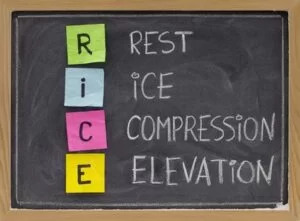
Pain medication
Medical treatment for this Scalene muscle pain:
Which is used in the starting stage of muscle pain to relieve muscle pain.
You are used to pain relief drugs such as NSAIDs -Nonsteroidal anti-inflammatory medications including ibuprofen or naproxen.
You are also using volini gel and diclofenac gel on the site of pain reduction to pain.
Always drink plenty of water which is help to move the soft tissues and keep flexibility.
You can take to break in every exercise or some work in which the neck is always crouched over for extended periods, which is lead to fatigue of muscle and weaken the muscles.
You are sleeping in a neutral position means using a proper pillow that is not too high and too low which causes the scalene muscles to extend or flex movement.
Physiotherapy treatment for Scalene Muscle pain
The physiotherapy treatment includes massage, stretching, and strengthening exercises which is helping to relieve the pain and reduce the weakness of muscles.
Massage for the Scalene Muscles pain:
For pain comfort massage is also used at the site of pain and points the muscle tenderness and trigger points of muscle pain.
This massage helps to relieve tension and pain.
This message is given with to help of oil and powder.
The message type for this muscle pain is also applied to MFR on the trigger points of reduction of the muscle pain.
Electrotherapy for Scalene muscle pain:
The electrotherapy treatment includes ultrasound therapy, SWD short wave diathermy, transcutaneous electrical nerve stimulation ( TENS ), and Interferential therapy (IFT) machine
On the trigger points and tender points apply to ultrasound for release to pain and swellings.
In the place of pain apply SWD, TENS, and IFT machine to reduce the pain & swelling or spasms.
Ultrasound therapy (US): Ultrasound is used for pain relief and swelling of the location of the pain.
short wave diathermy ( SWD ): Short wave diathermy is used for pain relief and swelling of the location of the pain.
Strengthening exercise for scalene muscle pain:
- Scalene PNF strengthening
- Strengthen the scalene exercise
Scalene muscle PNF strengthening
For strength, the patient’s position is in sitting in a comfortable chair.
After then put the palm of the right hand on the right side of the head, and this hand acts as a stabilizer for this exercise.
Then begin to move the right ear toward the right shoulder joint while keeping the resistance which is provided by the right hand.
Repeat this exercise 8-12 times on both sides.
By strengthening this scalene muscle, the patient improves the ability to stabilize the cervical spine, which decreases the risk of a future injury.

Strengthen the scalene exercise
The patient’s position is sitting and standing up straight with the resistance band looped around the head.
Then maintain the ends of the band firmly to one side ensuring there is some tension in the band.
Pull the band away from the head, resisting the movement by keeping the head in a neutral position.
Maintain this exercise position, and then relax and repeat this exercise every day.
Stretching for the Scalene Muscles pain
Stretching exercise helps you release muscle pain, tightness, or spasms of muscle.
Position for stretching :
Stretching for the Scalene Muscles pain
The patient’s position is lower and anchors the shoulder joint of the side to be stretched position by placing the side’s hand under the buttock. After then bring the opposite hand over the head so that the fingers make contact with the top of the ear.
Gently pull the head and neck so that it is inclined to the opposite side of the side which the side wants to stretch then comfort the neck muscles, and then try to pull the ear down to the shoulder joint.
Now, the patient is turning the head and the degree of rotation is used to determine the target scalene muscle.
Stretch for Posterior Scalene muscle
To target the posterior scalene muscle, flex the face toward the arm which arm is the pull.
Stretch for Anterior Scalene muscle
To target the anterior scalene muscle, flex the face away from the pulling arm.
Stretch for Medial scalene muscle
To target the middle scalene muscle, look straight up at the roof and just slightly toward the pulling arm.
Then focus on the muscle with the help of your efforts on the muscle and stretch the muscle till you feel the stretching filling.
Then maintain this stretching position for approximately 15 to 30 seconds and do the 3 times in 1 session and do this exercise 3 sessions every day.
FAQ
How do you treat scalene muscle pain?
Sleeping in a neutral position – Using a proper pillow & not too high or too low leads to the scalene muscles extending or bending. Massage – When the scalene muscles are massaged, it reduces the tension and can reduce pain in the head, chest, back, & arm.
How do you release a tight scalene muscle?
Grab the SCM between your fingers and the thumb of your opposite hand. Release the thumb and use the other fingers to pull the SCM a couple of inches toward the trapezius muscle. Press directly back to press your anterior scalene directly against your vertebral column & release pressure under your fingertips.
What does scalene muscle pain feel like?
Just like the pain of a heart attack spreads from the heart into the shoulder and arm, the pain of sore scalene muscles spreads throughout the chest, upper back & chest, the arm & hand, and the side of the head. Pain referred to the back may feel like penetrating pain stabbing via the torso.
How do you sleep with scalene pain?
Back sleeping is overall the best position to sleep, as long as the arms stay at chest level or lower. If put your hands above your head you will potentially experience pain in each arm.
Can scalene muscles be removed?
Scalenectomy. In a scalenectomy, the scalene muscles – which pass via the thoracic outlet – are released to reduce compression on the nerves, arteries, & veins in the region. This helps to relieve pain and control blood clots in people with neurogenic thoracic outlet syndrome.
Should sleep without a pillow if my neck hurts?
While analysis is limited, anecdotal reports show that sleeping without a pillow can help relieve neck and back pain for some sleepers. Stomach sleepers are commonly best suited for going pillowless because the lower angle of the neck encourages better spinal alignment in this position.


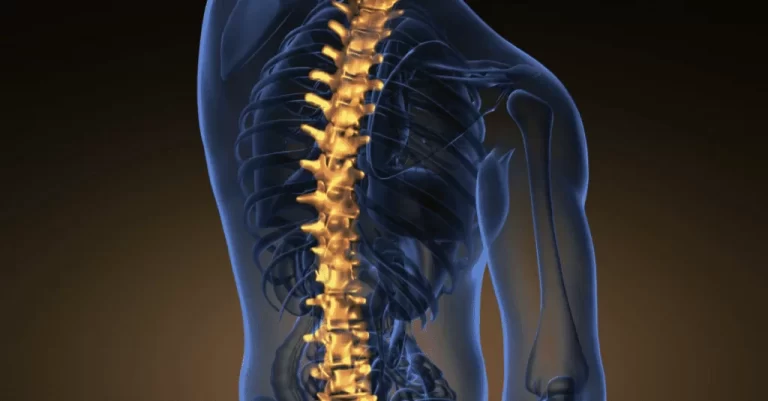
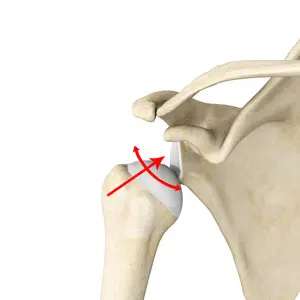
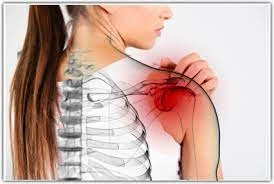
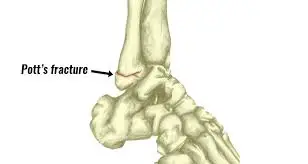
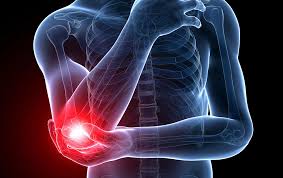
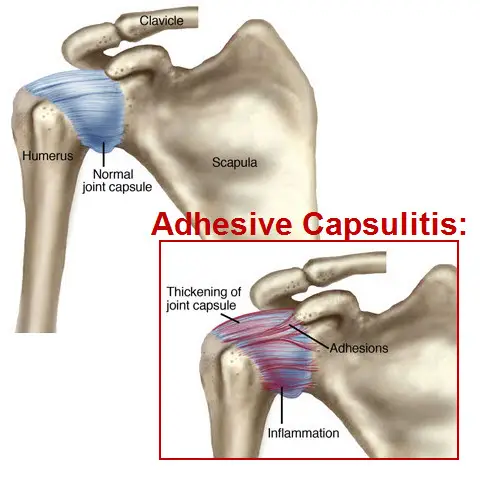
2 Comments